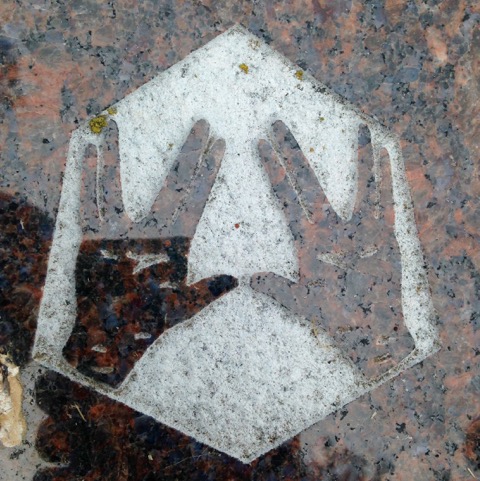http://www.jewishgen.org/infofiles/tombstones.html
This site was compiled by the Museum of Jewish Heritage and aims to introduce common epitaphs and motifs found on Jewish grave monuments. It is considerably accessible to those with little to no experience with the Hebrew language as it provides information on basic elements of the language such as its syllabic writing system and punctuation (e.g. use of apostrophe in place of period for abbreviation). A useful list of common phrases is also included, each with their respective English translation.
Along with words, the site also details the Jewish calendar and how numbers are represented in Hebrew. A table is supplied so that any visitor to the site may compare certain dates in the Gregorian calendar with those in the Jewish Calendar, or vice-versa.
Although admittedly brief, some information associated with common motifs is presented—the significance of the broken branch or stump motif, for instance, as a symbol for an individual whom had passed quite young; or the associations of the Star/Shield of David or candle/candelabra with a certain gender.
This site would aid efforts to expound the epitaphs included on gravestone written in Hebrew. With ease one could discover what an individual’s Hebrew name was, for example, or whether more information about the individual is presented apart from that written in English.
This site will be useful in our mapping of the Jewish Cemetery because it provides an introduction to the Hebrew language that would result in more accurate recording of the monuments. This would then allow us to better understand what is considered important in the Jewish community by it being represented on the monuments. This site shows common Hebrew phrases that are found on monuments and many of these represent family ties—indicating that this is a very important part of the Jewish community. Not knowing what the Hebrew text on the monuments says deprives us of the ability to make connections and truly understand how loved ones remember the individual the monument stands for in memorial.

Hand with fingers separated in the shape of the Hebrew letter Shin (ש), a blessing performed by Kohanim (Jewish priests).

